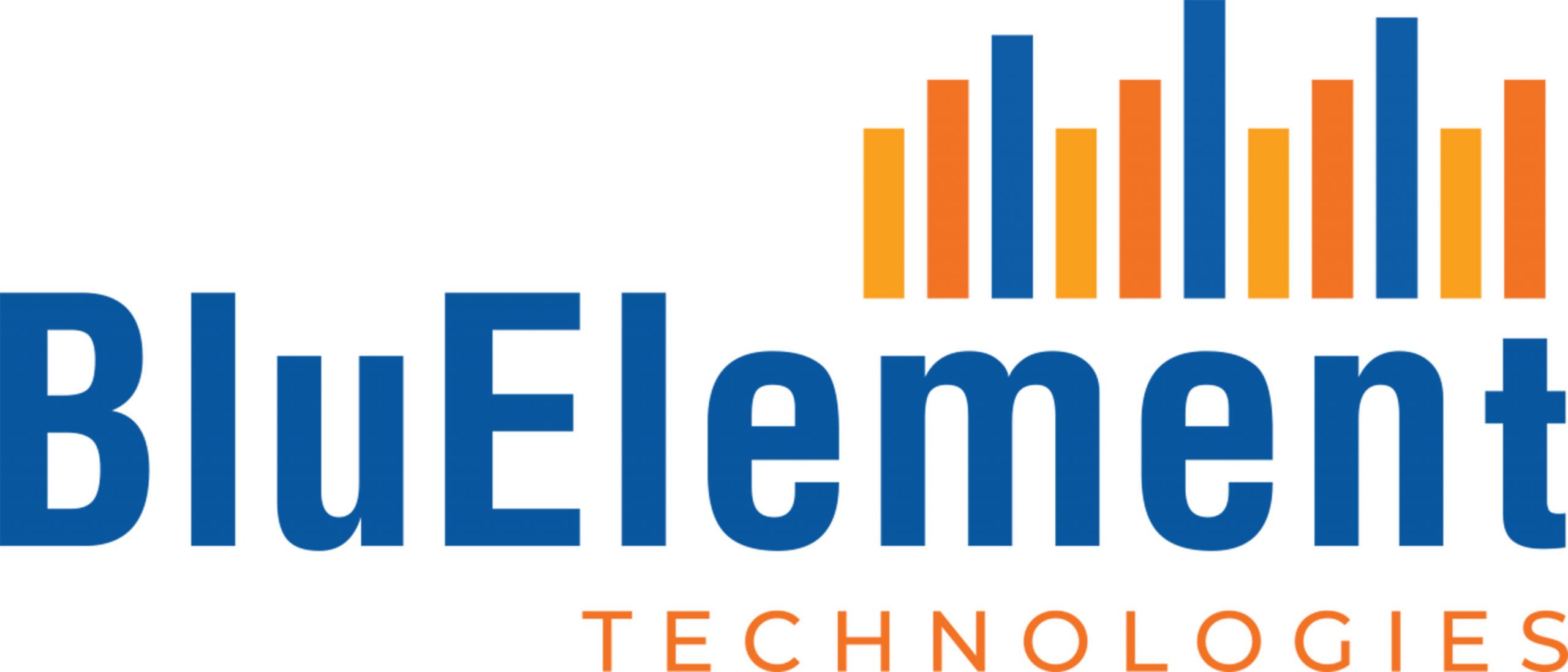What Is Learning and Development?
The goal of Learning and development is to align employee goals and performance with that of the organizations. Those responsible for learning & development within an organization must identify skill gaps among employees and teams then develop and deliver training to bridge those gaps.
The Learning & Development Team is responsible for developing and implementing an organization’s learning strategy. In the modern workplace, these duties can include a wide arrange of responsibilities that are both theoretically as well as technologically driven and managerial in nature:
- Develop and implement learning strategies and programs that meet business needs
- Evaluate organizational as well as individual employee development needs
- Ensure alignment of learning & development department with business goals
- Optimize training processes to improve ROI
- Manage and procure L&D technologies to facilitate learning and management of learning initiatives
- Design eLearning courses, interactive group training, and other training content
- Implementing effective training methods
- Manage personnel within the learning & development department
- Maintaining the learning & development budget within an organization
- Championing and marketing training programs to get managerial buy-in as well as employee commitment
The learning & development manager is central to ensuring that employees are able to successfully meet the challenges of their jobs and that they are properly aligned with the business goals of the company.
Why Is Learning and Development So Important?
Now that we have an understanding of what learning and development is, let’s pivot to discuss the reasons why L&D is important for organizations today and tomorrow.
Today’s Employees Demand Opportunities To Learn
According to a 2016 Gallup report, 87% of millennials say learning and development in the workplace is important while 59% of millennials say having opportunities to learn and grow is extremely important when deciding whether to apply for a job.
Why is that important? Well, by 2025 millennials will make up 50% of the Indian workforce. By 2030, 75% of the Indian workforce will be millennials. In order for companies to compete for top talent, they will need to be able to offer a commitment to an employee’s development.
Hiring Is More Expensive Than Employee Retention
For any organization, it is the employees who make a company what it is. In one of the 2018 Employee Retention Report, Work Institute reported that 1 in 4 employees will leave their job and nearly 77% of that turnover could be prevented by employers.
Regardless of the exact value, retaining employees is more cost-effective than the costs associated with separation, recruitment, and the hit to productivity.
This also means that companies are helping to retain their employees by investing in learning and development. L&D not only boosts employee productivity, but it is incredibly important to boost employee confidence in themselves and trust in their employer.
Training Employees Improves Your Bottom Line
Employees are a company’s greatest asset. Right? Sure, they are! With the right team in place, the sky’s the limit. With learning & development focusing on filling in knowledge gaps and upskilling employees by focusing on the strengths of their employees, companies have reported anywhere between a 14%-29% increase in profit.
An IBM study found that well-trained teams increased their productivity by 10%. Equipping employees with the ability to do their jobs better is just a smart move. As managers, our jobs are to get the best out of every employee. Coaching and training employees is a great way to empower them to succeed.
Untrained Employees May Put You At Risk
So far we have mostly spoken about how learning and development reduces employee churn, attracts new hires, and improves your bottom line by making companies smarter and more productive.
Also, in the purview of learning and development is risk mitigation through compliance training initiatives and workplace safety training.
Though proper workplace behaviour may feel like something people inherently know, companies can be proactive in training employees to maintain a safe and inclusive workplace. Implementing an effective ethics training program can help employees work better and minimize the risk of lawsuits for failing to comply with industry standards in safety and workplace behaviour.
From a large pool of over 200 Human Resources, Organisational development and L&D models and concepts, we are highlighting a couple of them. It simply represents ideas that we frequently encounter in our work and would therefore consider important to know about.
- 70:20:10 Learning Model – It was created in the 1980’s by three researchers and authors working with the center for creative leadership, a non profit educational institution in Greensboro. The three were Morgan Mccall, Michael M Lombardo and Robert Eichinger.
It is accepted as one of the most widely accepted principles in learning & development. According to this model people should acquire 70% new knowledge from on job experiences, 20% interacting with peers and 10 % from formal education.
- Kirkpatrick’s 4-Level model of training evaluation –
The Kirkpatrick’s model is a globally recognized method of evaluating the results of training learning programs. The four levels of evaluation are 1) the reaction of the trainees and their thoughts about the training experience 2) the trainees’ result & learning outcomes and increase in knowledge from the training experience 3) the trainees behavioral changes and improvement after applying the skills on the job. 4) The results.
- Forming, Storming, Norming, Performing (Tuckman) – It was first proposed by Bruce Tuckman in 1965 also known as Tuckman Theory. It states that teams will go through 4 stages of development which are Forming (when the team is formed), Storming (a phase where most likely fall out due to difference of opinions), Norming (Researching a project, understanding each other’s preferences and showing respect with their personal boundaries. Performing (Period where incomplete tasks are completed and the team starts performing).
- Four stages of Competence Model – A competency model is a framework used by HR professionals and organizations to list and plan the competencies needed by its employees to succeed in a specific job or industry. It helps identify and articulate employees’ knowledge skills and behaviours to thrive.
Activities associated with Learning & Development,
- Skills Training ( Product, Process & Projects)
- Hard skill training (Technical knowledge)
- Soft Skills training (Emotional Intelligence)
- Induction (New hires)
- Coaching / Mentoring( periodically)
- Leadership/ Management skills training
- Team Building/Communication Training
- Sales Training
- Customer Service Training
- Safety Training
- Computer systems training (e.g Powerpoint, Word, Outlook)
- E learning & Learning Management System
“What managers must understand is that developing their people and teams is a key responsibility, and it’s what helps to keep their teams engaged,” states Emily Poague, vice-president of Marketing at LinkedIn Learning. Suggestions given to retain the talent that you want were identify the managers who are successful in encouraging their team to learn, Market and circulate these success stories and ensure collaboration with managers is always happening to incorporate learning in the day, month year and every discussion .Employees who feel that their company is going out of the way to invest in them they will be inertly inclined to invest more energy, improving not only employee satisfaction and efficiency but also retention. Employees and Talent that have been nurtured, appreciated and recognised help the company grow, solve problems and innovate!
Author
Prity Reddy

